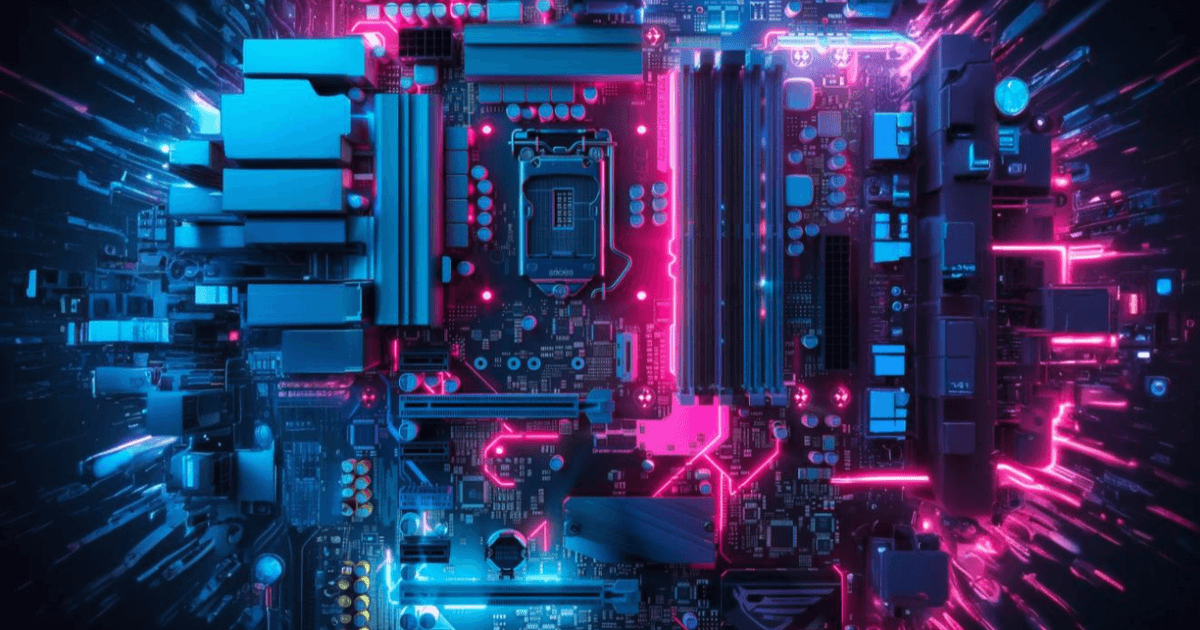
A back-insertion motherboard is designed to move the CPU, graphics card, and power connectors and ports to the back of the motherboard. This design makes the interior of the PC case look cleaner and significantly improves cable management. But what other features does it offer?
| Features of Back-Insertion Motherboards |
Aesthetically Pleasing Interior
With all cables relocated to the back of the motherboard, the interior of the case no longer shows tangled wires, creating a much tidier overall look.

Simplified Cable Connections
When installing power cables for the CPU, it's often challenging due to interference from top-mounted water coolers. However, with power connectors moved to the back, these installation difficulties are eliminated, significantly enhancing the building process's efficiency.

| Which Motherboard Manufacturers Have Released Back-Insertion Motherboards? |
ASUS BTF Series
ASUS has named their back-insertion motherboards under the BTF series. So if you see "BTF" in the model name, it indicates that it's a back-insertion motherboard.

MSI Project Zero Series
The "Project Zero" label represents MSI's back-insertion motherboards. Currently, only a silver version is available, and these motherboards are clearly marked with the Project Zero branding, making them easily recognizable.

Gigabyte B650E AORUS STEALTH ICE
The B650E AORUS STEALTH ICE is currently the only back-insertion motherboard model offered by Gigabyte, and it only supports AMD processors. Be sure to pay attention to this if you're considering purchasing this motherboard.

| What Should You Consider When Buying a Back-Insertion Motherboard? |
Does Your Case Support Back-Insertion Motherboards?
If you opt for a back-insertion motherboard, you’ll need to ensure that your case supports this type of motherboard. You can check the case’s manual or look for visible cutouts in the case’s interior to determine if it's compatible with back-insertion designs.

Is There Enough Rear Cable Management Space?
Since all the cables are routed to the back of the motherboard, the rear cable management space must be deep enough to ensure that the cables can be properly organized and the rear panel can still close without any issues.

| Will Back-Insertion Motherboards Become Mainstream? |
Although motherboard manufacturers have been slow to release these designs, back-insertion motherboards offer both aesthetic advantages and improved building efficiency. Whether from a visual standpoint or a DIY enthusiast's perspective, it’s a promising development. We look forward to motherboard manufacturers continuing to offer more cost-effective back-insertion motherboards, helping to make this design more widespread.

| Recommended Cases for Back-Insertion Motherboards |
darkFlash has launched the first case that supports back-insertion motherboards – the DY470. In addition to supporting back-insertion motherboards, it features an eye-catching design with ultra-transparent glass panels on three sides and irregularly cut angles, making it look like a piece of art on your desk. To cater to DIY enthusiasts, the case comes with a streamlined, wave-pattern cable management rear panel that allows users to neatly hide their cables. It also comes with four high-performance ARGB fans, designed for optimal cooling.





